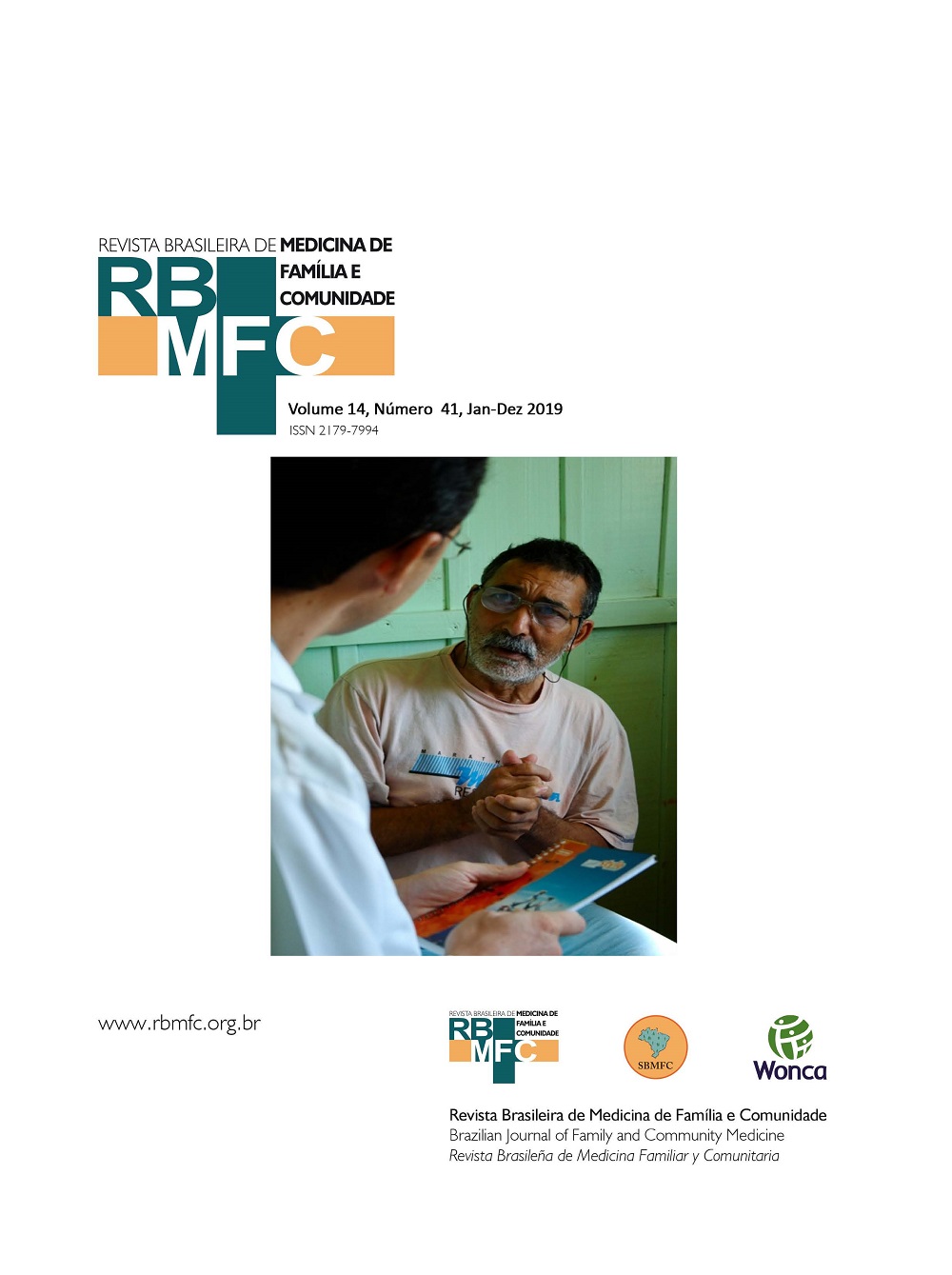Rescue from the abusive relations in which we found ourselves: a matter of quinquenary prevention
DOI:
https://doi.org/10.5712/rbmfc14(41)1847Keywords:
Health Promotion, Burnout, Professional, Medical ErrorsAbstract
The concept of five-year prevention puts the quality of life of professionals in the perspective of the care provided to the patient. Data on the prevalence of burnout syndrome among health professionals have been considered alarming. This article raises the possibility that the essential basic condition for the emergence of burnout is the integration into abusive relationships, that is, relations characterized by inequality between the two poles where there is no opportunity for professionals to activate their roles of expression, creativity, recognition or self-knowledge at every moment. Knowledgeable, well-known professionals who freely express their ideas and needs are likely to be professionals who will make more assertive, thoughtful decisions and with fewer mistakes in caring for others.
Downloads
Metrics
References
Santos JA. Prevenção quinquenária: prevenir o dano para o paciente, actuando no médico. Rev Port Med Geral Fam. 2014;30(3):152-4. DOI: https://doi.org/10.32385/rpmgf.v30i3.11358
Carneiro M. Prevenção Quinquenária: um nível de prevenção esquecido? Lisboa: Médico.pt; 2017. [citado 2018 Ago 1]. Disponível em: http://www.jornalmedico.pt/opiniao/34259- prevencao-quinquenaria-um-nivel-de-prevencao-esquecido.html
Martins C. Quando o último deve ser o primeiro. MGFamiliar. 2018. [citado 2018 Ago 1]. Disponível em: https://www.mgfamiliar.net/_blog/MO/post/oup/
Collier R. Physician burnout a major concern. CMAJ. 2017; 189(39):E1236-7. https://doi.org/10.1503/cmaj.1095496 DOI: https://doi.org/10.1503/cmaj.1095496
Shanafelt TD, Noseworthy JH. Executive Leadership and Physician Well-being: Nine Organizational Strategies to Promote Engagement and Reduce Burnout. Mayo Clin Proc. 2017;92(1):129-46. https://doi.org/10.1016/j.mayocp.2016.10.004 DOI: https://doi.org/10.1016/j.mayocp.2016.10.004
Honavar SG. Healing the healer: Burnout prevention and rescue strategies. Indian J Ophthalmol. 2018;66(5):611-3. https://doi.org/10.4103/ijo.IJO_612_18 DOI: https://doi.org/10.4103/ijo.IJO_612_18
Dear JW, Webb DJ. Disease mongering -- a challenge for everyone involved in healthcare. Br J Clin Pharmacol. 2007;64(2):122-4. https://doi.org/10.1111/j.1365-2125.2006.02830.x DOI: https://doi.org/10.1111/j.1365-2125.2006.02830.x
Brindley PG. Psychological burnout and the intensive care practitioner: A practical and candid review for those who care. J Intensive Care Soc. 2017;18(4):270-5. https://doi.org/10.1177/1751143717713088 DOI: https://doi.org/10.1177/1751143717713088
Coulter A. Paternalism or partnership? Patients have grown up-and there’s no going back. BMJ. 1999;319(7212):719-20. https://doi.org/10.1136/bmj.319.7212.719 DOI: https://doi.org/10.1136/bmj.319.7212.719
Wexler DB. The broken mirror: A self psychological treatment perspective for relationship violence. J Psychother Pract Res. 1999;8(2):129-41.
Downloads
Published
How to Cite
Issue
Section
License
By submitting a manuscript to the RBMFC, authors retain ownership of the copyright in the article, and authorize RBMFC to publish that manuscript under the Creative Commons Attribution 4.0 license and identify itself as the vehicle of its original publication.















